Atriplex – Salt Bush
Autumn certainly seems to have arrived, cooler days and gardening is certainly beckoning and we have received a small amount of rain in the last week. Things in nature are changing so fast that it is difficult to know what to include in our Living with Nature Diary. However, today I have decided to feature the beautiful Atriplex species commonly called Salt Bushes that we propagate for sale.
We have one Atriplex isatidea commonly called Coastal Saltbush growing in an area where there is no irrigation. I noticed today that it is beginning to flower but as you can see from the photos the flowers are not very noticeable but it is the large silver/grey leaves that are the attraction. We have several different Atriplex species for sale all of which have their own individual and interesting silver/grey leaves. When growing Atriplex in gardens they are extremely waterwise but some can grow quite large and pruning will help to control them.
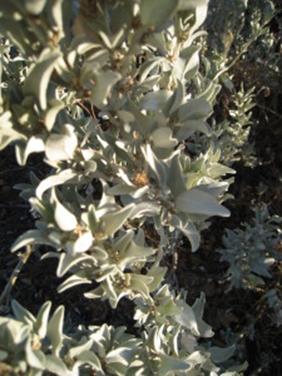
Atriplex isatidea or Coastal Saltbush grows up to 2 metres and flowers from March to June. It requires pruning to keep it looking neat.
The following photos are of different Atriplex that are growing in tubes on our nursery benches.
There are over 40 Atriplex species native to Western Australia.
The Atriplex undulata is native to Wickepin and will grow in heavy clay. The other Atriplex here are to be found in many areas throughout Western Australia and are adaptable to many different soil types.
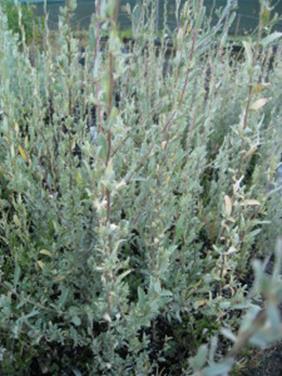
Atriplex amnicola which has a common name of Swamp Saltbush. This grows into a shrub about 1m tall and makes an attractive garden plant. It grows well in all soils including coastal areas.
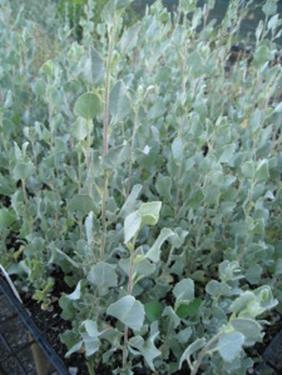
Atriplex nummularia or commonly called Old Man Saltbush. Grows 1-3m tall and the grey foliage adds beauty to any garden.
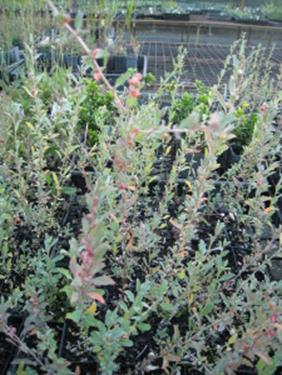
Atriplex semibaccata or Berry Saltbush, an almost prostrate plant. It has small white flowers and is useful in dry hot areas of the garden.
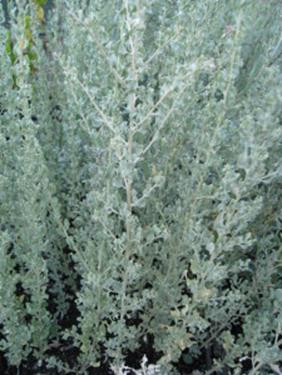
Atriplex undulata (it does not have a common name).